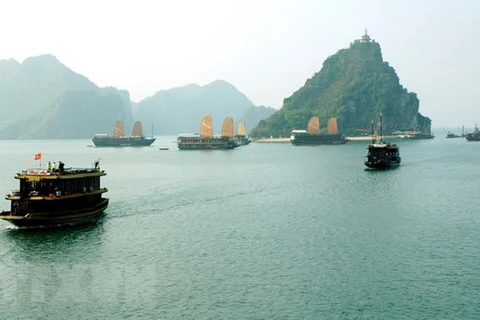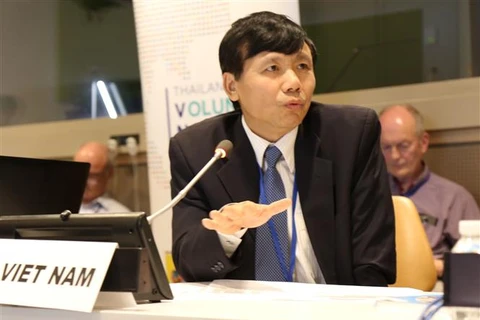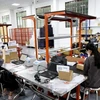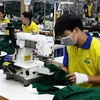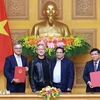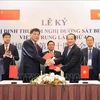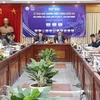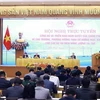Hanoi (VNA) – The Communist Party and the Government of Vietnam have since long ago integrated green economy in their guidelines and policies, which have been turned into actions by sectors and local administrations.
Vietnam adopted a national strategy on green growth as early as in 2012, reflecting the country’s political will in the matter.
In 2014, the Government approved a national plan of actions for green growth, which defined key priorities in striving for green growth towards a green economy.
The national action plan focused on the main topics of building institutions and plans for green growth at local level; reducing green house gas emission and promoting the use of clean and renewable energy; developing green production, green lifestyle and sustainable consumption.
It set out 12 groups of activities and 66 key tasks.
In carrying out the plan, ministries and agencies have launched research projects and piloted models of green economy, green industry and green urban areas.
The Ministry of Construction is implementing a project on making cities adaptable to climate change in 2013-2020, including the building of a national database and maps on risks facing urban areas.
The Ministry of Agriculture and Rural Development has deployed several eco-economic models in coastal areas which were designed to adapt to climate change and rising sea levels.
The Ministry of Transport has undertaken three projects to reduce green house gas emission using funds from the national target programme on climate change and green growth in 2016-2020. One of the projects aimed to develop bus services as a means of public transportation during 2012-2020.
At provincial level, several provinces and centrally-run cities have adopted their own plans of action for green growth or integrate the tasks into their plans for economic restructuring. Many have implemented pilot green economic models.
The northern coastal province of Quang Ninh has built its master plan of socio-economic development to 2020 with a vision to 2030 based on the viewpoint of shifting to green economy.
The northern port city of Hai Phong partnered with Japan’s Kitakyushu city to design its green growth plan centred around green ports and green industrial parks.
Meanwhile, Buon Me Thuot city in the Central Highlands province of Dak Lak has chosen sustainable coffee farming as the core of its green growth scheme.
The southern economic hub of Ho Chi Minh City has invested in sustainable urban and transport development towards the goal of becoming a green city.
A step behind other countries in technology, Vietnam can learn from others in applying advanced technologies which are more energy-efficient and generate less polluting emissions.
In addition, the country has benefited from the assistance of many international organisations (the United Nations, the World Bank) and countries such as Denmark, Sweden, Germany, Japan, France and the US in switching to a green economy.
All those factors provide a stepping stone for Vietnam to build a green economy, which is the optimal way to achieve sustainable development for the country.-VNA


